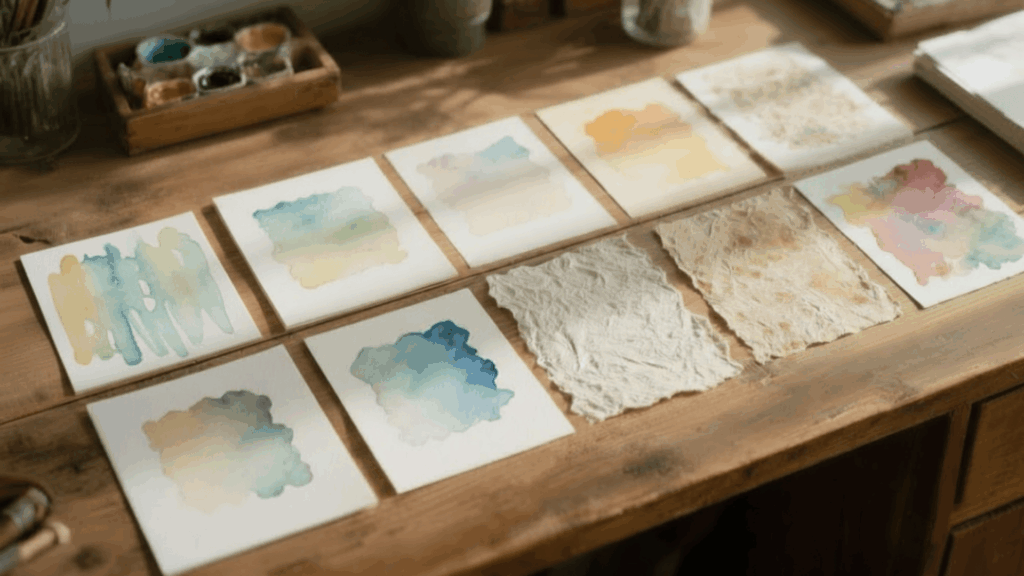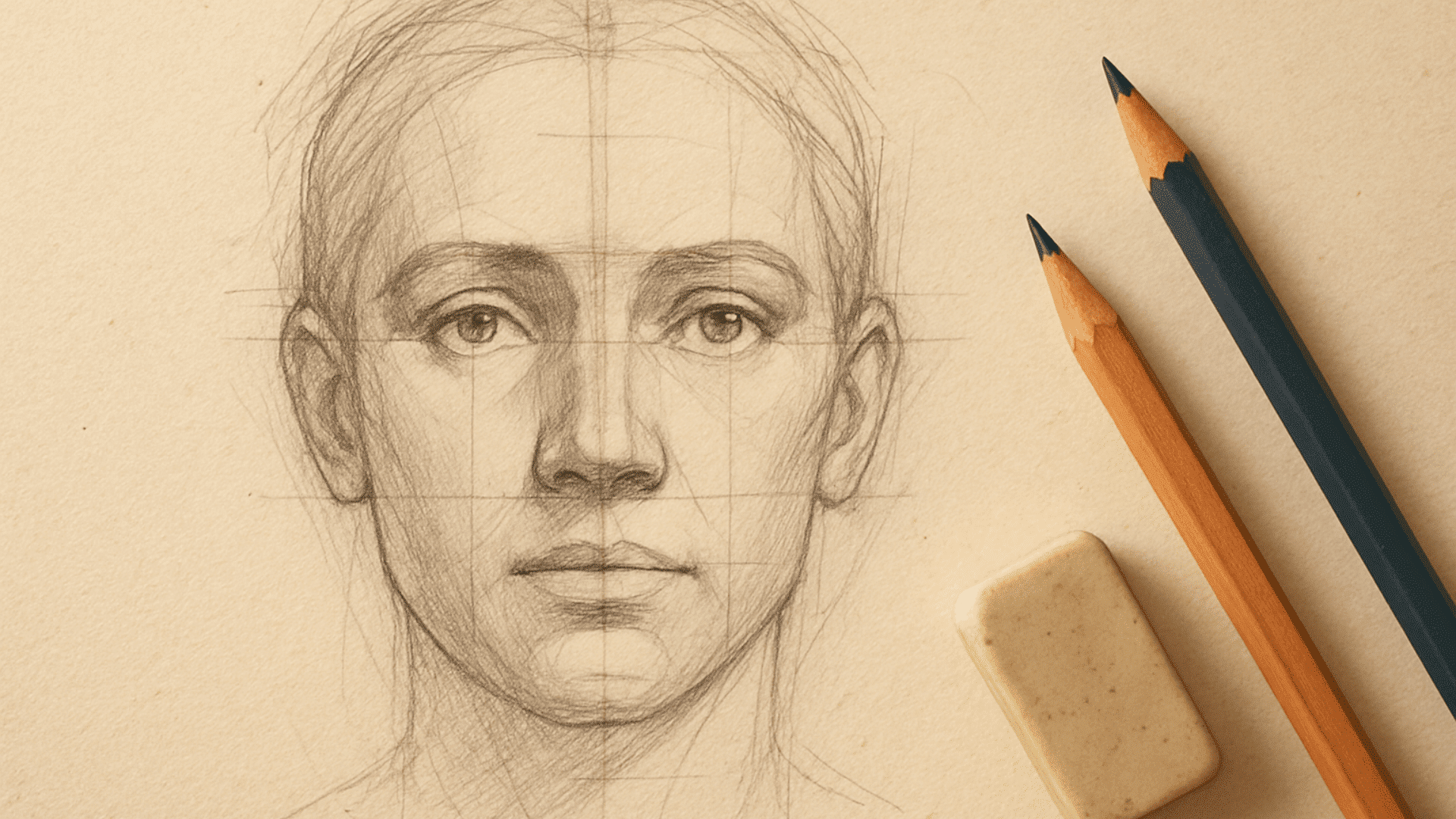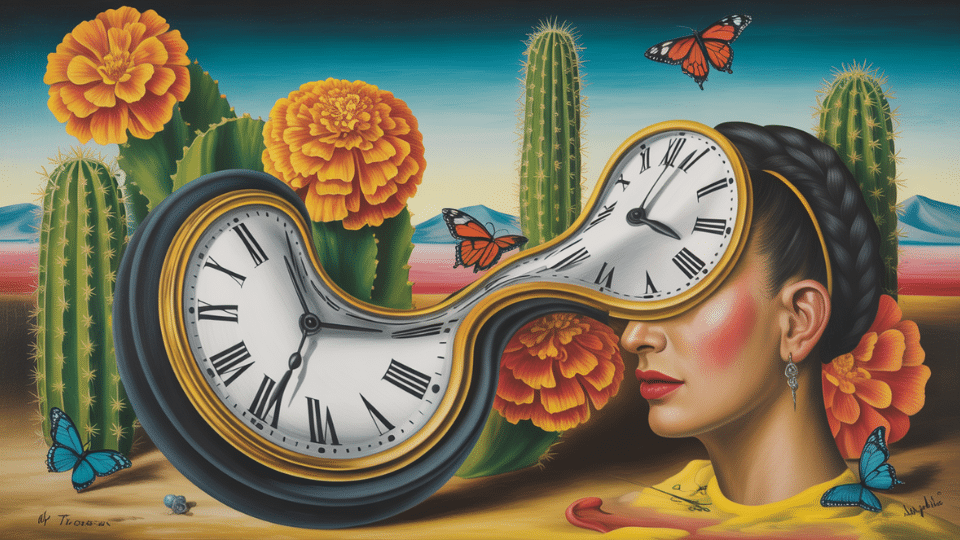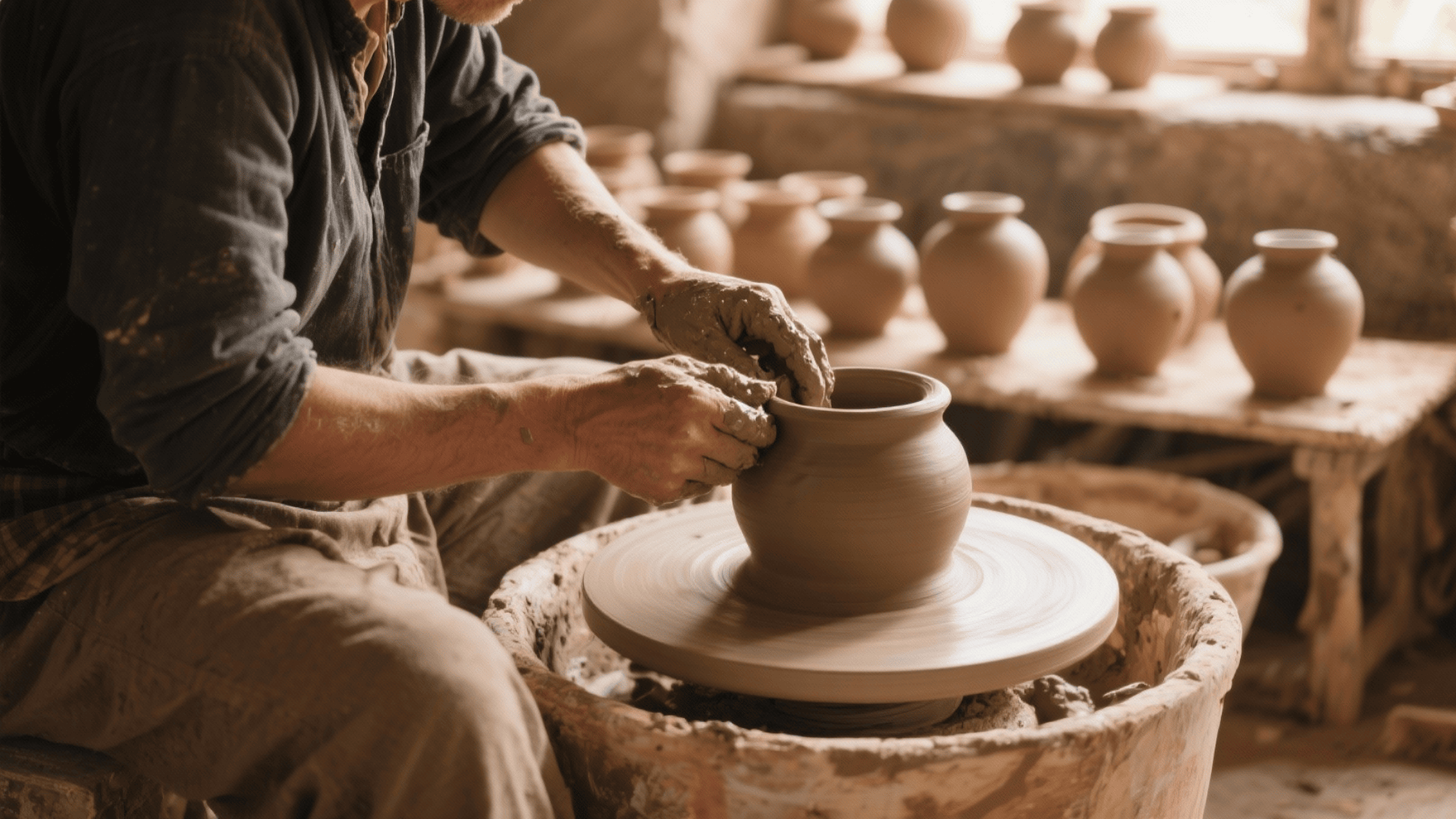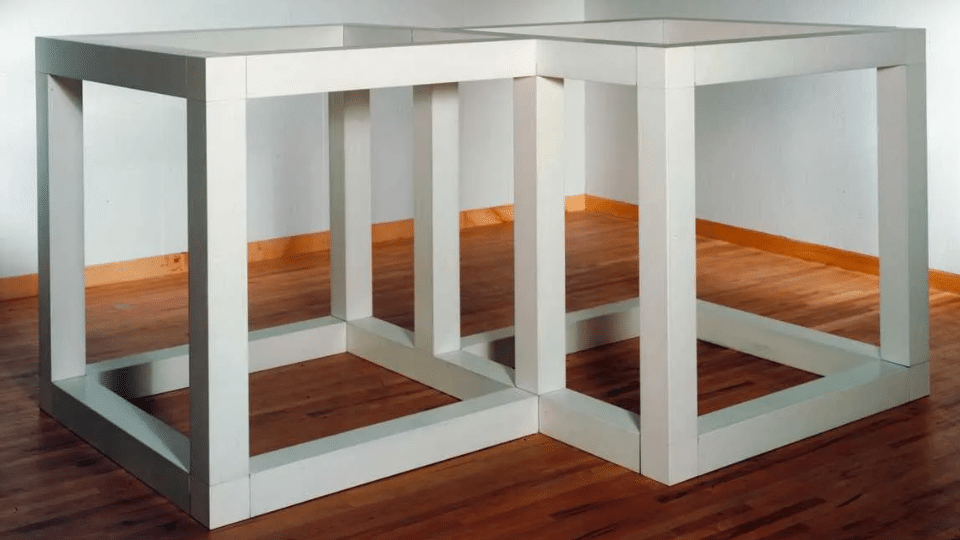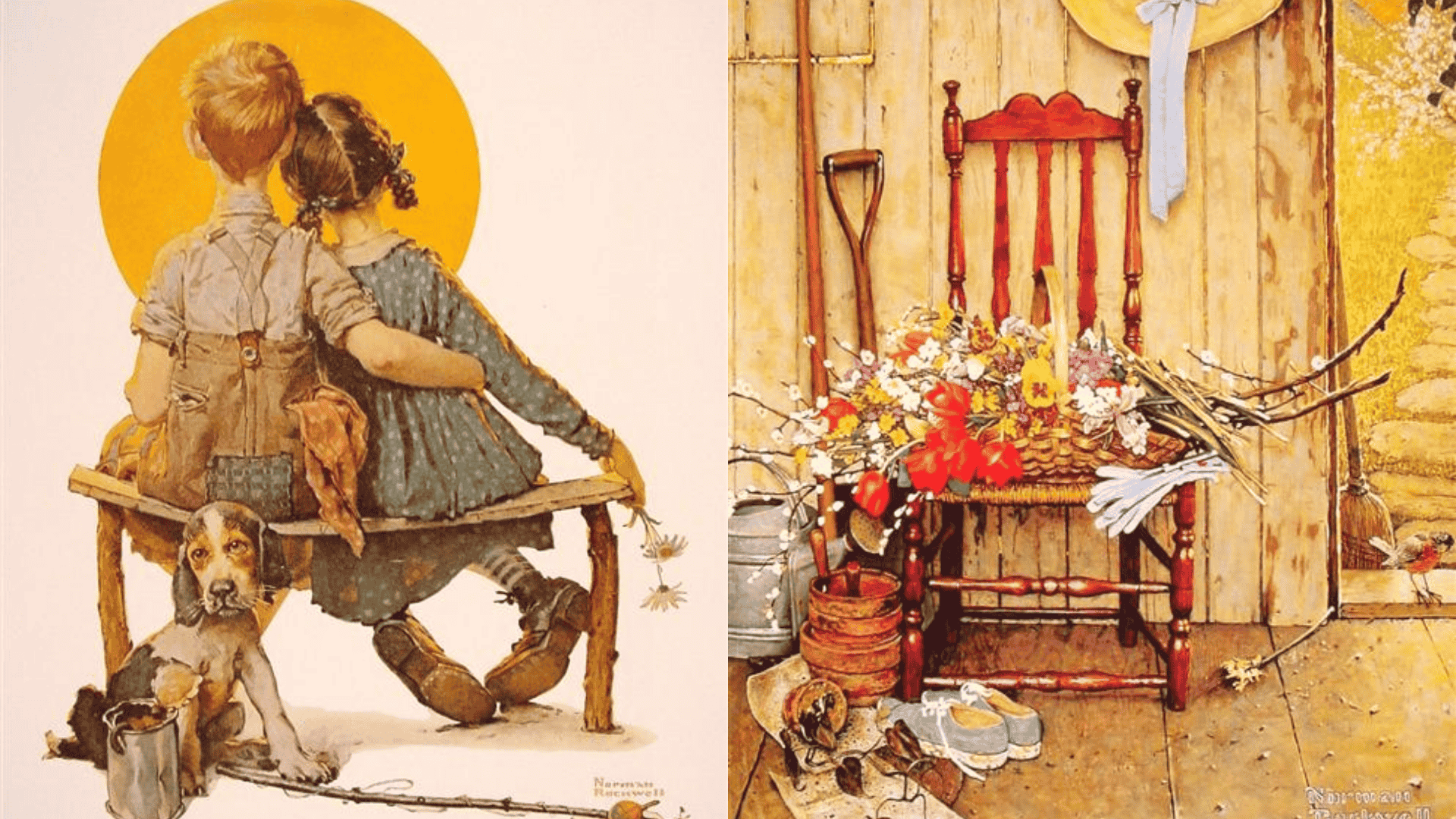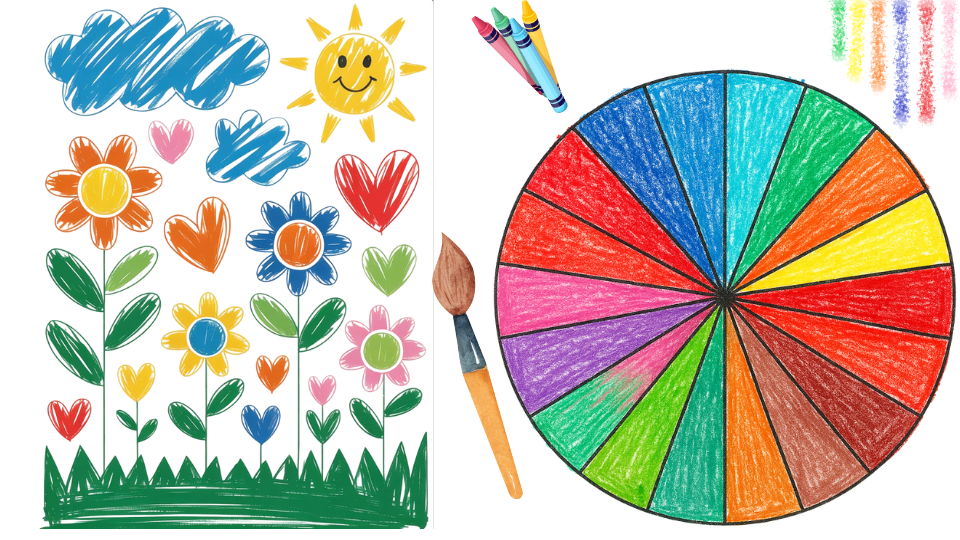Choosing the best watercolor paper can make all the difference between a painting that shines and one that falls flat.
With so many options available, from smooth hot-press sheets to textured cold-press and rough finishes, it can feel overwhelming to know which surface suits your style.
The right paper not only improves color brightness but also supports techniques like washes, layering, and fine detail.
The blog breaks down the qualities that matter most: weight, texture, and durability, while also comparing popular watercolor paper sizes and formats.
Artists will learn how paper quality directly influences the brightness of colors, blending capabilities, and the overall longevity of their artwork.
What Makes Watercolor Paper Important for Learning Painting?
It serves as the foundation of every watercolor painting, directly influencing how pigments interact with the surface and ultimately determining the success of an artwork.
Unlike regular drawing paper, it is specifically engineered to handle the unique demands of water-based media.
The absorbency rate controls how quickly water soaks in, affecting blending times and color transitions.
High-quality paper enables artists to achieve smooth gradients and maintain workable wet areas for longer, whereas poor-quality paper may cause colors to muddy or dry too quickly.
Types of Watercolor Papers
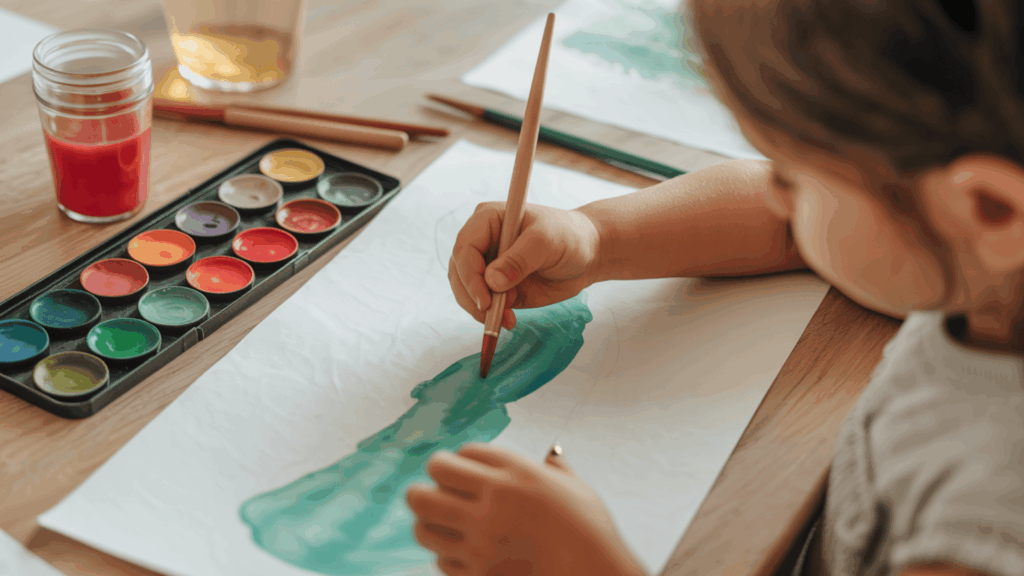
The texture of paper has a significant impact on how paint behaves on the surface, influencing everything from brushstroke appearance to color saturation.
Each texture types offer unique characteristics for different artistic styles. Understanding these helps artists choose the right surface for their projects and aesthetic outcomes.
Hot Press Paper
Hot-press paper features an exceptionally smooth, glass-like surface created through the use of heated metal rollers during manufacturing.
This eliminates most natural tooth, resulting in minimal texture where paint glides effortlessly across the surface.
Key Characteristics:
- A smooth surface can challenge beginners as paint flows quickly and unpredictably
- Lack of texture prevents paint from pooling in grooves, ensuring crisp lines and sharp edges
- Requires careful control of wet-in-wet techniques due to rapid paint movement
Best Applications:
- Fine details and precision work
- Botanical studies and scientific illustrations
- Architectural drawings and technical artwork
Cold Press Paper
Cold-pressed paper offers a moderately textured surface, pressed without heat, which preserves the natural tooth while providing a smooth painting experience.
This lightly textured surface strikes a perfect balance between control and character, with subtle grain that catches pigment particles for gentle texture variations.
Key Characteristics:
- Most diverse among watercolor papers, suitable for all skill levels
- Forgiving nature helps beginners control paint flow effectively
- Provides sufficient grip for multiple paint layers
- Smooth enough for fine detail work when needed
Best Applications:
- Perfect for capturing both detailed foregrounds and loose, atmospheric backgrounds
- Allows for smooth skin tones while maintaining enough texture for hair and fabric details
Rough Paper
Rough paper features the most pronounced texture, with distinctly bumpy surfaces created through minimal pressing during the manufacturing process.
This preserves natural irregularities, creating dramatic visual effects as paint settles into valleys while skipping across peaks.
Key Characteristics:
- Firm texture produces broken color effects and natural granulation, which is impossible on smoother surfaces
- Paint settles into valleys while skipping across peaks for varied color intensity
- Automatically adds energy and movement to brushstrokes
- Creates natural texture variations without additional technique
Best Applications:
- Expressive landscapes and seascapes
- Abstract works requiring dramatic effects
Choosing the Right Watercolor Paper Weight
Paper weight is a crucial factor in watercolor painting that directly affects how the paper handles water absorption and maintains its shape during the painting process.
Measured in pounds (lb) or grams per square meter (gsm), paper weight determines the thickness and stability of the surface.
Lightweight (90 lb / 190 gsm)
Lightweight paper represents the most economical option, making it accessible for students, beginners, and artists who need large quantities for practice work.
Key Characteristics:
- Best for practice work and experimentation
- Prone to buckling and warping when wet
- Absorbs water quickly, causing rapid expansion and contraction
- Requires precise water control techniques
Ideal Applications:
- Color studies and compositional sketches
- Art education and classroom use
- Learning fundamental watercolor techniques
- Budget-friendly practice sessions
Standard (140 lb / 300 gsm)
Standard-weight paper strikes the perfect balance between performance and affordability, making it the most popular choice among watercolor artists of all skill levels.
This moderate thickness provides sufficient stability for most watercolor techniques while remaining accessible.
Key Characteristics:
- Balanced choice suitable for most artists and techniques
- Handles multiple paint layers without oversaturation
- Resists minor buckling under normal water loads
- Compatible with wet-on-wet, layering, and lifting methods
Practical Benefits:
- Readily available in blocks, pads, and sheets
- Light enough for plein air painting and transport
- Works well for matting and framing
- Competitively priced for regular use
Heavyweight (300 lb+ / 640 gsm)
Heavyweight paper represents the pinnacle of paper quality, offering superior performance characteristics that justify its premium price point.
Key Characteristics:
- Minimal warping, even with heavy water application
- Exceptional stability under demanding techniques
- Withstands multiple wetting and drying cycles
- Maintains structural integrity throughout complex processes
Best Applications:
- Large-format paintings and detailed illustrations
- Commissioned work and gallery pieces
- Complex, layered compositions requiring multiple sessions
- Archival artwork intended for long-term preservation
Choosing the Right Paper Sizes & Formats
When selecting the best watercolor paper, it’s not just about texture and weight; sizes and formats also play a significant role.
The format you choose will impact your workflow, convenience, and the presentation of your finished artwork.
Pads and Blocks:
- Portable and lightweight for on-the-go use
- Blocks reduce buckling by holding paper flat on all sides
- Ideal for outdoor sketching, travel, and workshops
Loose Sheets:
- Available in large sizes, cut to preferred dimensions
- Best for serious, large-scale artworks
- Requires stretching or taping for stability
- Popular in professional studios and exhibitions
Sketchbooks:
- Great for practice, doodling, and experimentation
- Easy to carry for daily use and studies
- Encourages regular painting habits
- Less intimidating for beginners compared to large sheets
Tips for Getting the Most Out of Your Watercolor Paper
To achieve the best results with your paper, following a few essential tips can make a significant difference in your painting experience.
These points help maintain the paper’s quality, ensure a smooth paint application, and preserve the longevity of your artwork.
- Stretch or tape paper to prevent warping, especially with lighter weights.
- Test swatches first to understand how colors absorb and blend.
- Store paper flat in a dry place and protect finished work from sunlight and humidity.
- Allow each layer to dry thoroughly before applying additional washes or details.
- Use clean water and brushes to maintain paper quality and prevent discoloration.
- Avoid over-saturating the paper with water to prevent buckling and color bleeding.
- Use watercolor pads or blocks for stability and protection when traveling or painting outdoors.
- Experiment with different paper textures to find the best match for your style and techniques.
- Label your paper types and weights to keep track of what works best for your projects.
Wrapping It Up
Choosing the right watercolor paper is essential for artists to unlock their full creative potential.
By understanding how texture, weight, and format influence paint behavior and workflow, painters can work with greater precision and confidence.
Whether beginners seek techniques or professionals aim for archival quality, selecting the appropriate paper improves both the artistic process and the final artwork.
With the proper paper as a foundation, watercolor paintings come to life with lively colors and lasting beauty.
Investing time in learning about these materials improves skills and fosters a deeper appreciation for the craft of watercolor painting.

